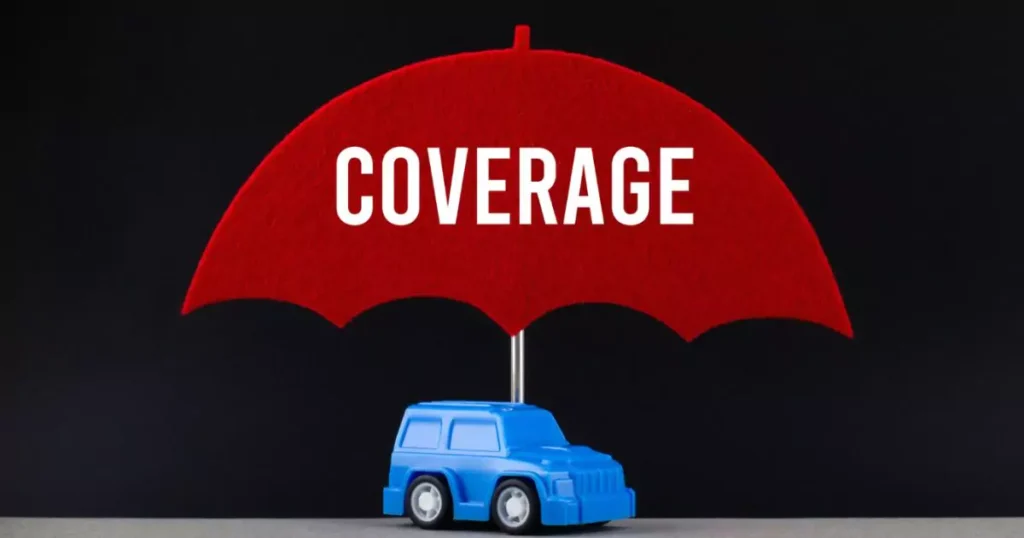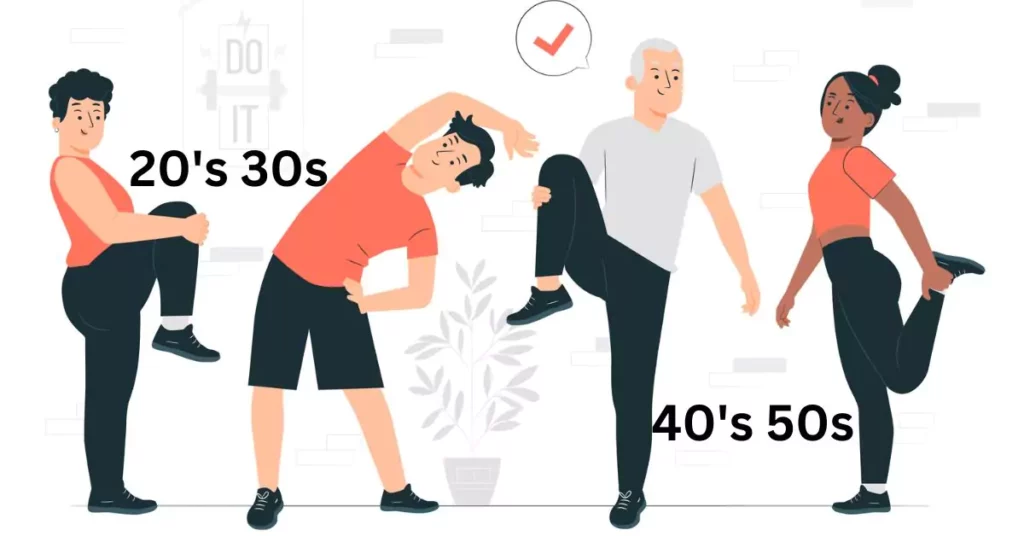
When it comes to protecting your valuable assets, bike insurance should be at the top of your list. Just like car insurance, bike insurance offers a wide range of benefits that can save you from financial stress and ensure your peace of mind. This article will dive deep into the many advantages of getting your bike insured and why it’s a smart decision for every bike owner. Along the way, we’ll also touch on car insurance to draw parallels and emphasize the importance of insuring your vehicles.
What is Bike Insurance?
Bike insurance, much like car insurance, is a policy that provides financial protection against various risks associated with owning and riding a motorcycle. These risks can include accidents, theft, damage, and more. By paying a premium, you can safeguard yourself from significant out-of-pocket expenses that might arise due to unforeseen incidents involving your bike.
Why You Need Bike Insurance
- Financial Protection: The primary benefit of bike insurance is financial protection. Accidents can happen at any time, and repair costs can be exorbitant. Without insurance, you would have to bear these expenses yourself. Bike insurance covers these costs, ensuring that you don’t face financial ruin due to a mishap.
- Legal Requirement: In many places, having bike insurance is a legal requirement. Riding without insurance can lead to hefty fines, penalties, and even legal action. By insuring your bike, you comply with the law and avoid unnecessary legal troubles.
- Coverage for Theft: Bikes are often targeted by thieves due to their size and ease of transport. If your bike is stolen, bike insurance can compensate you for your loss, allowing you to replace your bike without a significant financial burden.
- Protection Against Natural Disasters: Natural disasters such as floods, earthquakes, and storms can cause severe damage to your bike. Insurance policies often cover such events, ensuring that you are not left to deal with the aftermath alone.
- Third-Party Liability: Accidents can involve other people and property. If you are at fault in an accident, you might be liable for damages to other vehicles, property, or injuries to other individuals. Bike insurance covers these third-party liabilities, protecting you from potentially crippling financial obligations.
- Personal Accident Cover: Many bike insurance policies include personal accident cover, which provides compensation in case of injuries or death resulting from a bike accident. This can be crucial in providing financial support to you or your family during difficult times.
Types of Bike Insurance Coverage
Understanding the different types of bike insurance coverage can help you choose the right policy for your needs. Here are the most common types:
Third-Party Liability Insurance
Third-party liability insurance is the most basic form of bike insurance and is often mandatory by law. It covers damages or injuries caused to third parties in an accident where you are at fault. This type of insurance does not cover damages to your own bike or injuries to yourself.
Comprehensive Insurance
Comprehensive bike insurance offers broader coverage, including third-party liability as well as damages to your own bike. This can include accidents, theft, natural disasters, and even vandalism. Comprehensive insurance provides peace of mind knowing that you are covered in a wide range of scenarios.
Personal Accident Cover
As mentioned earlier, personal accident cover is often included in bike insurance policies. It provides financial compensation for injuries or death resulting from a bike accident. This cover can also extend to the pillion rider, ensuring both you and your passenger are protected.
Add-On Covers
Many insurance companies offer add-on covers that you can purchase in addition to your main policy. These can include:
- Zero Depreciation Cover: This add-on ensures that you receive the full value of parts replaced without considering depreciation.
- Roadside Assistance: Provides help in case your bike breaks down and you need assistance, such as towing or repair services.
- Engine Protect Cover: Covers damages specifically to the engine, which might not be included in a standard comprehensive policy.
- Accessories Cover: Covers the cost of replacing or repairing expensive accessories added to your bike.
How to Choose the Best Bike Insurance Policy
Selecting the right bike insurance policy requires careful consideration of several factors. Here are some tips to help you make an informed decision:
Assess Your Coverage Needs
Consider what types of coverage you need based on your bike, riding habits, and personal preferences. If you have a high-value bike or frequently ride in areas with high theft rates, comprehensive coverage with additional add-ons might be beneficial.
Compare Different Policies
Don’t settle for the first policy you come across. Compare different insurance providers and their offerings. Look at the coverage, exclusions, premium amounts, and customer reviews. This will help you find the best policy that provides adequate coverage at a reasonable price.
Check the Claim Settlement Ratio
The claim settlement ratio is the percentage of claims an insurance company settles compared to the total claims received. A higher ratio indicates that the company is reliable and processes claims efficiently. Choose an insurer with a good claim settlement ratio to ensure a hassle-free experience when you need it most.
Read the Fine Print
Always read the policy document carefully to understand the terms and conditions. Pay attention to exclusions, deductibles, and any other clauses that might affect your coverage. Being aware of these details can prevent unpleasant surprises when filing a claim.
Consider the Premium
While it’s essential to find a policy with comprehensive coverage, you also need to consider the premium amount. Choose a policy that offers a balance between good coverage and affordable premiums. Remember that the cheapest policy might not always provide the best protection.
Benefits of Car Insurance
Just like bike insurance, car insurance is equally important and offers numerous benefits. Insuring your car ensures financial protection against accidents, theft, natural disasters, and third-party liabilities. Here are some key benefits of car insurance:
Financial Protection
Car repairs can be expensive, especially after an accident. Car insurance covers these costs, saving you from significant out-of-pocket expenses. Comprehensive car insurance also covers damages from natural disasters, theft, and vandalism.
Legal Requirement
In most places, having car insurance is a legal requirement. Driving without insurance can lead to severe penalties, including fines and legal action. Car insurance ensures that you comply with the law and avoid unnecessary legal troubles.
Third-Party Liability
Car accidents can result in damages to other vehicles, property, or injuries to other individuals. Car insurance covers these third-party liabilities, protecting you from potentially crippling financial obligations.
Personal Accident Cover
Many car insurance policies include personal accident cover, which provides compensation for injuries or death resulting from a car accident. This cover can extend to the passengers, ensuring everyone in the vehicle is protected.
Peace of Mind
Knowing that you are covered in case of an accident or other unforeseen events provides peace of mind. Car insurance allows you to drive with confidence, knowing that you are protected against financial losses.
How to File a Bike Insurance Claim
Filing a bike insurance claim involves several steps. Knowing the process can help you handle the situation efficiently if you ever need to make a claim. Here’s a step-by-step guide:
Step 1: Inform the Insurance Company
Immediately inform your insurance company about the incident. This can be done through their customer service number, website, or mobile app. Provide them with all necessary details, including the date, time, location, and nature of the incident.
Step 2: File a Police Report
If the incident involves theft, major damage, or third-party injury, file a police report. This report will be required by the insurance company to process your claim.
Step 3: Document the Incident
Take photographs of the damage to your bike and any other vehicles or property involved. Gather witness statements if possible. This documentation will support your claim and expedite the process.
Step 4: Submit a Claim Form
Fill out the claim form provided by your insurance company. Include all necessary details and attach the required documents, such as the police report, photographs, and repair estimates.
Step 5: Inspection and Approval
The insurance company may send an inspector to assess the damage. Once the inspection is complete and the claim is approved, you will receive compensation based on the terms of your policy.
Common Exclusions in Bike Insurance Policies
While bike insurance offers extensive coverage, there are certain exclusions that you should be aware of. Understanding these exclusions can help you manage your expectations and avoid surprises when filing a claim. Common exclusions include:
Wear and Tear
Insurance policies do not cover regular wear and tear or mechanical breakdowns that occur over time. Regular maintenance and servicing are the owner’s responsibility.
Driving Under Influence
If an accident occurs while you are under the influence of alcohol or drugs, your insurance claim will be denied. Always avoid riding your bike when intoxicated.
Illegal Activities
If the bike is used for illegal activities or is involved in an accident while engaging in unlawful acts, the insurance company will not cover the damages.
Unlicensed Riding
If the rider does not have a valid driver’s license at the time of the accident, the insurance claim will be rejected. Always ensure that you have a valid license before riding your bike.
Consequential Damages
Damages that occur as a consequence of an initial incident, such as engine damage due to riding the bike after an accident, may not be covered by the insurance policy.
Getting your bike insured is a wise decision that offers numerous benefits. From financial protection and legal compliance to coverage against theft, natural disasters, and third-party liabilities, bike insurance ensures that you and your bike are safeguarded against unforeseen events. Understanding the different types of coverage, how to choose the best policy, and the claims process can help you make informed decisions and enjoy a hassle-free experience.
Similarly, car insurance provides essential coverage for your vehicle, offering financial protection, legal compliance, and peace of mind. Whether you own a bike, a car, or both, insuring your vehicles is a crucial step in protecting yourself and your hard-earned money.

























































































































